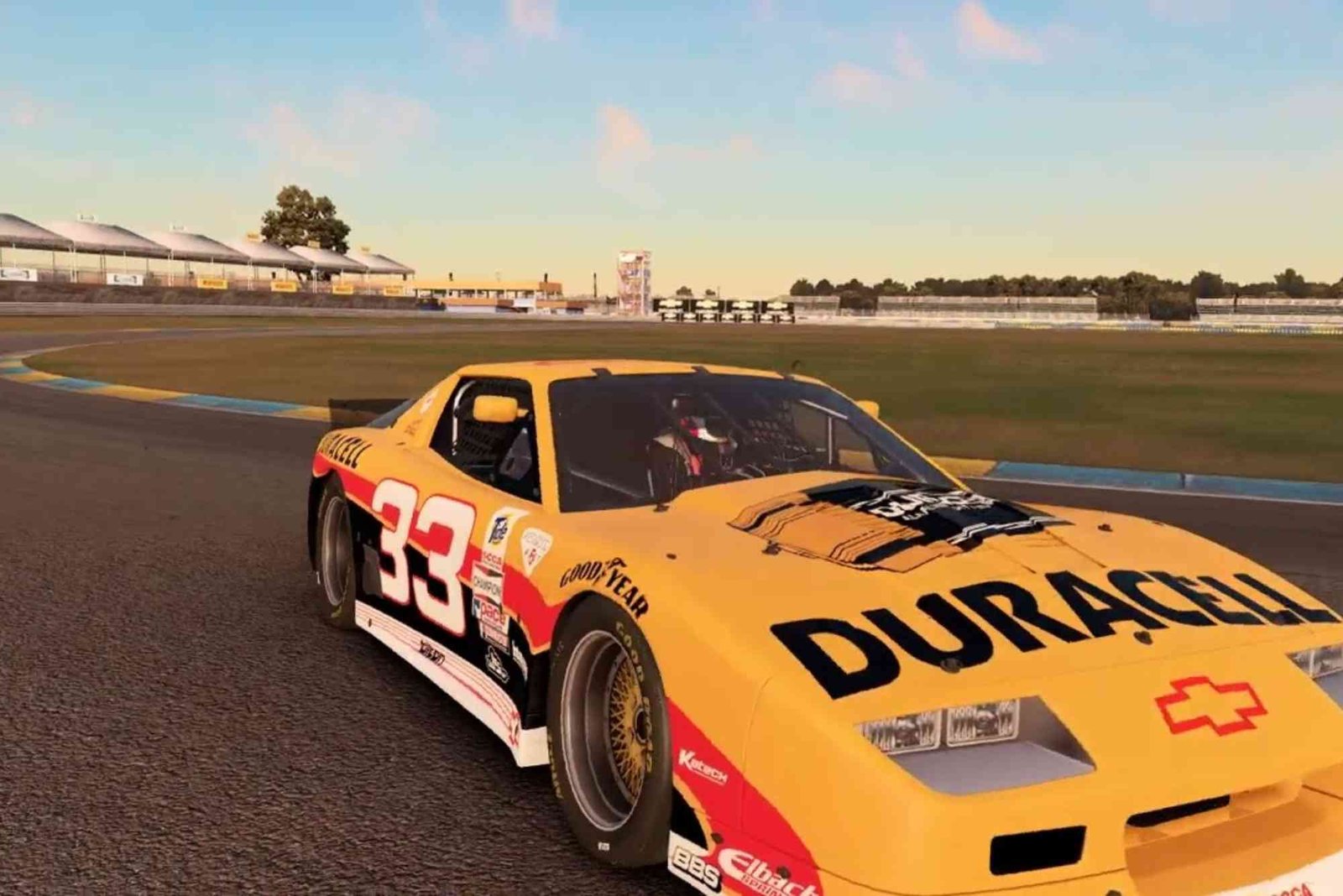Full Guide, History & Expert Tips
The Australian Trans Am Chevrette is a unique blend of American muscle car design and Australian motorsport customization. Originally inspired by the American SCCA Trans Am Series, this vehicle was adapted in Australia for competitive racing during the late 1970s and early 1980s. Based on the Vauxhall Chevette platform, the Chevrette was reimagined with high-performance components, aggressive styling, and track-focused engineering, making it a fan-favorite in both amateur and semi-professional circuits.
Notably lighter and more compact than its American counterparts like the Pontiac Trans Am, the Australian Chevrette variant offered excellent handling characteristics, and with the right modifications, could rival larger, more powerful cars. Over the years, it has become an icon among collectors, restoration enthusiasts, and motorsport purists alike.
Australian Trans Am Chevrette Performance and Specs
The performance setup of the Australian Trans Am Chevrette varies depending on the modifications applied, as these cars were often custom-built to meet specific racing regulations. However, typical configurations included:
-
Lightweight fiberglass body panels
-
Turbocharged or naturally aspirated inline-4 engines
-
Rear-wheel drive with limited-slip differentials
-
Reinforced roll cages and racing seats
-
Upgraded suspension systems for track dynamics
Horsepower ranged from 150 to over 300, depending on the engine tuning and setup. The stripped-down chassis and aerodynamic tuning made it a formidable track performer, especially on tighter Australian tracks where handling often outweighed raw power.
Restoring a Trans Am Chevrette in Australia
Restoring a Trans Am Chevrette in Australia is both an art and a science. These vehicles were rarely produced in large numbers, and many parts have to be custom-fabricated or sourced from specialist garages. Here’s a step-by-step guide to restoring one from the ground up:
-
Chassis Inspection: Start with a thorough inspection of the car’s frame. Due to racing wear and potential rust, structural integrity is key.
-
Engine Rebuild or Swap: Depending on the condition, rebuild the original engine or swap in a modern unit. Turbocharged Toyota or Ford engines are popular swaps.
-
Suspension Upgrade: Install race-grade coilovers and polyurethane bushings to restore sharp handling.
-
Bodywork Restoration: Fiberglass panels might need re-casting. Use archival photos for design accuracy.
-
Interior Setup: Add FIA-approved racing seats, harnesses, and dashboards if you’re building for competition.
-
Paint and Decals: Finish the build with period-correct decals and custom paint jobs inspired by historic Australian race liveries.
A fully restored Chevrette not only stands out on the track but also attracts attention at classic car shows and auctions across Australia.
History of the Chevrette in Australian Motorsports
During the late 70s and early 80s, Australian circuits witnessed an explosion of interest in modified compact racers. The Trans Am Chevrette was born in this era, when local racers and garages started reengineering the Vauxhall Chevette for the rough and tumble of Trans Am-style competition.
What made the Chevrette stand out was its adaptability. Unlike bigger American muscle cars, the Chevrette’s compact size and lighter chassis were well-suited for twisty Australian tracks. Many racing clubs across Queensland, Victoria, and NSW featured Chevrettes in their top classes, with some even clinching podium finishes against more powerful cars.
Enthusiasts from platforms like Sunday Moves continue to document the evolution of the Chevrette in Australia, sharing historical records, photo archives, and modern restoration projects that celebrate its enduring legacy.
Why Is the Trans Am Chevrette Popular Among Collectors?
The rarity of the Australian Trans Am Chevrette, combined with its racing pedigree and aggressive looks, makes it highly desirable among car collectors and vintage motorsport fans. Unlike mass-produced muscle cars, each Chevrette build is unique, often reflecting the personal vision of the garage or driver that built it.
Their popularity also stems from their accessibility. While a Pontiac Trans Am might cost a fortune, a well-maintained or restored Chevrette offers similar aesthetic and performance appeal at a more approachable price point.
Collectors value:
-
Authenticity of period modifications
-
Presence of original racing liveries
-
Chassis history and documented racing achievements
-
Unique builds and rare engine swaps
How to Identify a Genuine Australian Trans Am Chevrette
Identifying an authentic Trans Am Chevrette can be tricky, especially as many were custom-built. Here are some key indicators:
-
VIN Match: Check if the VIN aligns with original Vauxhall Chevette data.
-
Chassis Mods: Look for reinforced welds, roll cages, and custom subframes.
-
Racing Heritage: A paper trail or race log boosts credibility.
-
Engine Bay Layout: Custom mounts and brackets may suggest a period race build.
-
Aero Design: Flared arches, spoilers, and front splitters are telltale signs.
If in doubt, consult a restoration expert or motorsport historian familiar with Trans Am builds in Australia.
Australian Trans Am Chevrette Highlights
-
Compact body with track-focused engineering
-
Lightweight fiberglass construction
-
Engine swaps and turbo setups common
-
Popular in Australian racing history
-
High collectability and restoration value
Instructions for Restoring an Australian Trans Am Chevrette
Restoring an Australian Trans Am Chevrette requires patience, precision, and sourcing skill. Follow these essential steps for a successful build:
Source a Solid Base Car
Start with a rust-free Chevette or a previously built Chevrette shell. Check forums, local classifieds, and classic car groups in Australia.
Build or Acquire a Powertrain
Most Chevrettes used 4-cylinder engines, but you can upgrade with a period-correct turbo unit or even a modern twin-cam for better reliability and power.
Reinforce the Chassis
Install a full roll cage and stitch weld weak points. Reinforcements are vital for racing or spirited driving.
Suspension & Brake Overhaul
Upgrade to track-rated coilovers, disc brakes on all corners, and fit high-performance pads. Maintain the correct geometry for track stability.
Body Panels & Paint
Use fiberglass or carbon-fiber body panels. Match the paint to a historic Australian racing livery for authenticity.
Document the Build
Photograph every step, retain receipts, and create a build log. This increases resale value and collector appeal.
FAQs – Australian Trans Am Chevrette
Q1: Is the Australian Trans Am Chevrette still raced today?
Yes, restored Chevrettes often participate in historic racing events and vintage rally categories across Australia.
Q2: How rare is a Chevrette in Australia?
Extremely rare. Only a few dozen are known to exist in full Trans Am trim, making them a hot item among collectors.
Q3: Can I import a Chevrette to Dubai or the UAE?
Yes, through classic car import services. Ensure proper documentation and compliance with local vehicle laws.
Q4: Where can I find restoration parts for the Chevrette?
Parts are mostly sourced from custom fabrication shops or vintage car part forums. Some collectors on Sunday Moves may offer leads.
Q5: Is the Chevrette road-legal in Australia?
Not always. Most builds are track-only, but with proper registration and road compliance checks, some can be made street legal.
The Australian Trans Am Chevrette is a niche automotive legend. Born from the golden age of grassroots motorsports, this custom racer combines lightweight agility with bold styling and historical significance. Whether you’re an enthusiast planning a full-scale restoration or just discovering its legacy, the Chevrette offers a fascinating glimpse into Australia’s motorsport creativity and culture.



